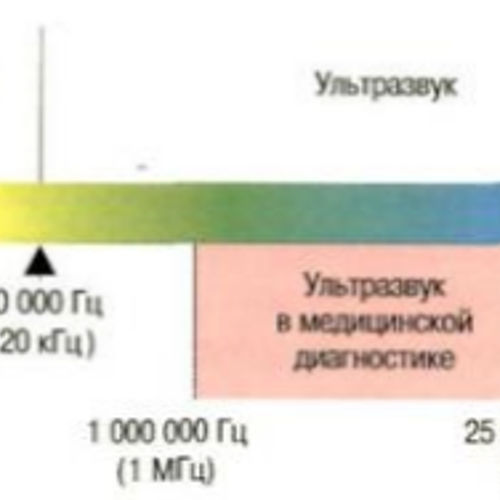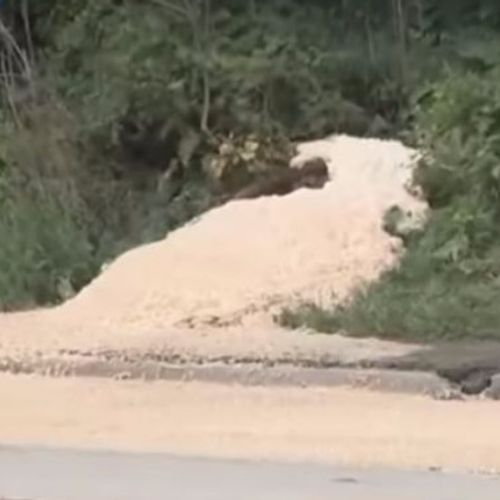| ID | #1538649428 |
| Added | Thu, 04/10/2018 |
| Author | July N. |
| Sources | Fortean Times September 1999
«Proceedings of the Merchant Marine Council» майDas Totenschiff in der Südsee: Dampfer "Ourang Medan" Лицевая обложка O 1952 г.
|
| Phenomena | |
| Status | Investigation
|
Initial data
In early February 1948 (or June 1947 precise date unknown) the British and Dutch stations as well as two American ships in the Strait of Malacca, received a distress call with the following content:
The captain and all officers dead lying in the cockpit and on the bridge. Maybe the whole team is dead.
This message was followed by some indecipherable Morse code and a short phrase: "I died" ("I die").
More signals have been received, but the sending of the message failed to determine a method of triangulation, and it immediately flew one of the U.S. ships ("Silver Star").
When the ship "Ourang Medan" was found, it turned out that his entire team is dead, including the dog. On the dead bodies there was found no apparent injuries, though from their expressions it was obvious they died in horror and severe pain.
The ship itself was not damaged, but the members of the rescue team with the "Silver Star" was marked by unusual cold in the depths of the hold. Shortly after the start of inspection from the hold of the "Ourang Medan" began to appear suspicious smoke, and rescuers had to hastily return to the "Silver Star". Some time after this "Ourang Medan" exploded and sank, which made further investigation of the incident is impossible.
The first official mention of the case of the Ourang Medan appeared in the publication of the U.S. coast guard "Proceedings of the Merchant Marine Council" in may 1952, Nor at any other official sources failed to find any references. The only details were told about this story this book is Otto Mielke "Das Totenschiff in der Südsee: Dampfer "Ourang Medan" in 1954, where the date of accident as iWeb 1947.
Translated by «Yandex.Translator»
Original news
A series of distress calls were sent out by the Dutch freighter Ourang Medan in the Straits of Malacca, “All officers including captain dead, lying in chartroom and on bridge, probably whole crew dead” This chilling message, accompanied by a spate of desperate SOS calls, was followed by indecipherable Morse code then a final message just two stark words, “I die.” Boarding parties found the dead radio operator, his hand on the Morse key, eyes wide open. The entire crew even the ship’s dog were discovered in the same terrified posture, all dead. According to a frequently mentioned document, called ‘The Proceedings of the Merchant Marine Council” the crew were found “teeth bared, with their upturned faces to the sun, staring, as if in fear” Following this grim discovery, a fire broke out in the ship’s hold. The boarding parties were forced to abandon her. Shortly after, a violent explosion described in some accounts as so violent the vessel “lifted herself from the water” and she quickly sank.
Hypotheses
Infrasound and ultrasound

This version includes sound waves that are not perceived by the human ear, but are felt in other ways.
Carbon monoxide

Carbon monoxide gets into the air in all types of combustion. In the cities, mainly in the composition of the exhaust gases from the internal combustion engine or malfunction of boilers, heat generators and gas stoves. Carbon monoxide actively binds with hemoglobin, forming carboxyhemoglobin and blocks the transfer of oxygen to tissue cells, leading to hypoxia of hemic type. Carbon monoxide is also involved in oxidation reactions, disturbing the biochemical balance in tissues. This leads to a sharp pathological condition such as carbon monoxide poisoning.
A chemical reaction

Chemical reaction - transformation of one or more original substances (reactants) to other substances in which the nuclei of atoms do not change, thus there is a redistribution of electrons and nuclei, and the formation of new chemical substances.
Investigation
Version of the incident referred to in articles about the incident:
- according to a brochure from Otto Mielke, Ourang Medan was carrying nitroglycerin and cyanide. Both substances can be dangerous when in contact with sea water, so it is possible that the team was poisoned with cyanide, nitroglycerin caused the explosion. Also, given the time of the incident (shortly after the Second world war), it is impossible to exclude that on Board the Ourang Medan was another chemical weapons (this may also explain why the ship was not preserved, no official information).
- the crew were poisoned by carbon monoxide from a fire.
- the crew was exposed to infrasound.
- the ship sunk enemies.
Translated by «Yandex.Translator»
Resume
Similar facts
Log in or register to post comments

